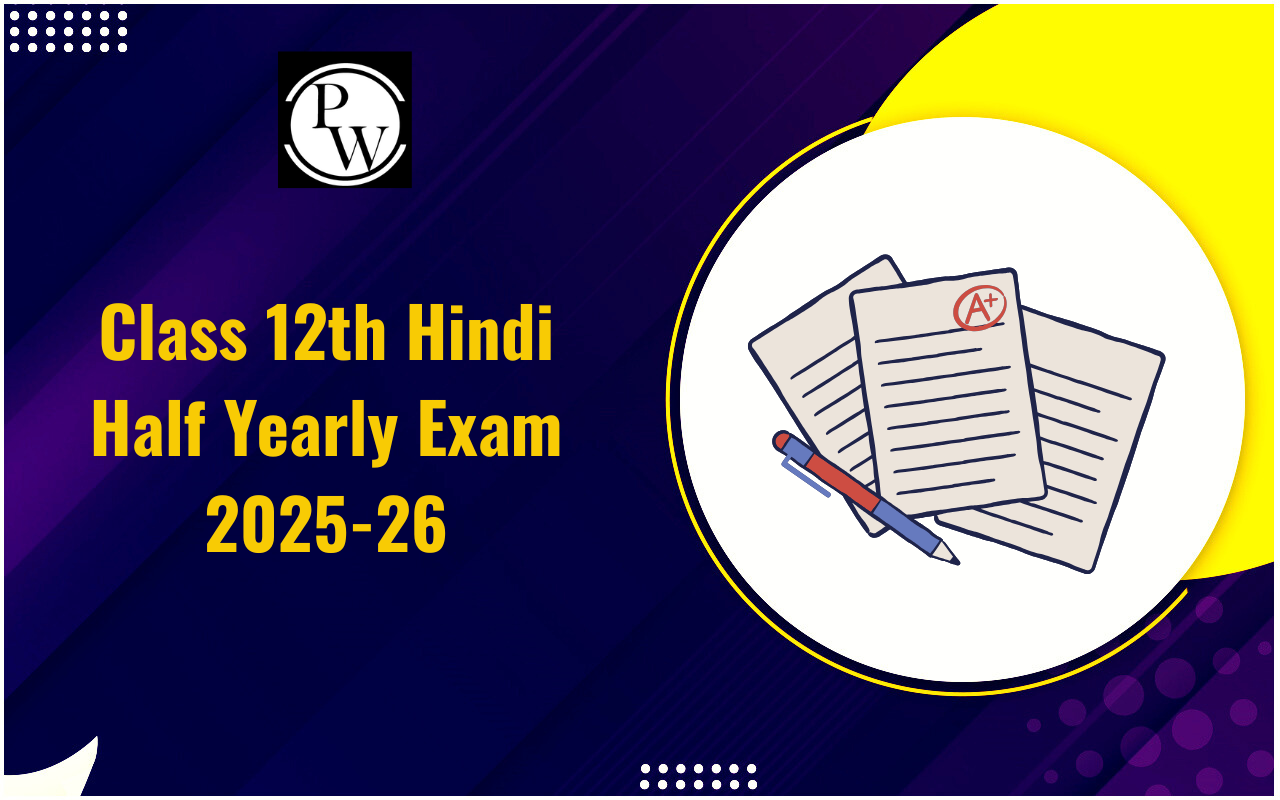

The financial system of an economy relies on its markets to channel funds effectively between lenders and borrowers. Two crucial segments of this system are the money market and capital market, which serve different purposes but work together to ensure economic stability and growth. Understanding money market and capital market is essential for commerce students to build a strong foundation in financial concepts.
What Is Money Market?
The money market deals with the borrowing and lending of short-term funds, typically with a maturity of less than one year. It is a platform for trading highly liquid financial instruments that provide businesses and governments with immediate funding for temporary needs.Key Aspects of Money Market
Below mentioned are some key aspects of the money market: Short-Term Financing : Caters to temporary cash shortages for businesses and governments. Liquidity : Instruments traded here are highly liquid and easily converted into cash. Risk : The market is generally low-risk due to the short maturity period. Instruments : Treasury bills, commercial papers, certificates of deposit, and call money. Participants : Central banks, commercial banks, and large financial institutions.Examples of Money Market
For the better understanding of the money market, we’ve mentioned some examples of the money market: Treasury Bills (T-Bills) : Short-term government-issued securities to manage fiscal needs. Commercial Papers : Unsecured promissory notes issued by companies for working capital. Certificates of Deposit (CDs) : Fixed-term deposit instruments issued by banks. Call Money : Very short-term loans, usually overnight, between banks.What Is Capital Market?
The capital market deals with securities that have a maturity length longer than a year, with an emphasis on long-term financing. It helps businesses and governments raise funds for long-term investments, such as infrastructure development and business expansion.Key Aspects of Capital Market
Below mentioned are some key aspects of the money market: Long-Term Financing : Provides funding for large-scale, long-term projects. Risk and Returns : Higher risk due to longer maturity, but offers higher potential returns. Instruments : Stocks, bonds, debentures, and equity shares. Participants : Retail investors, institutional investors, and corporations. Regulation : Overseen by market authorities like SEBI in India.Examples of Capital Market
For the better understanding of the capital market, we’ve mentioned some examples of the capital market: Equity Shares : Companies raise funds by selling ownership stakes to investors. Corporate Bonds : Long-term debt instruments issued by companies to finance projects. Initial Public Offerings (IPOs) : Companies offer new shares to the public to raise capital. Government Bonds : Long-term securities issued by governments for development projects.
Difference Between Money Market and Capital Market
Below mentioned are the difference between money market and capital market:| Difference Between money market and capital market |
| Aspect | Money Market | Capital Market |
| Definition | Facilitates short-term borrowing and lending. | Facilitates long-term borrowing and investments. |
| Duration | Short-term (less than one year). | Long-term (more than one year). |
| Instruments | Treasury bills, commercial papers, etc. | Stocks, bonds, debentures, etc. |
| Risk | Low risk due to short maturity. | Higher risk with greater return potential. |
| Liquidity | Highly liquid instruments. | Relatively less liquid. |
| Participants | Central banks, commercial banks, institutions. | Retail and institutional investors, companies. |
| Purpose | Ensures liquidity and working capital. | Supports capital formation and economic growth. |
| Regulation | Managed by central banks (RBI in India). | Regulated by SEBI and other authorities. |
| Market Type | Over-the-counter (OTC). | Includes primary and secondary markets. |
Functions of Money Market and Capital Market
Let's understand the functions of money market and capital market:Money Market
Below mentioned are some functions of the functions of money market: Maintains Liquidity : Ensures a smooth flow of cash in the economy for short-term needs. Short-Term Financing : Assists businesses and governments in managing temporary cash shortages. Monetary Policy Implementation : Acts as a tool for central banks to control inflation and interest rates.Capital Market
Below mentioned are some functions of the capital market: Long-Term Funding : Provides businesses and governments with resources for long-term projects. Wealth Generation : Offers investment opportunities for individuals and institutions. Economic Growth : Mobilizes savings into productive investments, fostering growth. The money market and capital market play indispensable roles in the financial system, complementing each other to ensure economic stability and growth. While the money market ensures liquidity and short-term stability, the capital market drives long-term investments and wealth creation. A solid understanding of these markets equips commerce students to make informed decisions in their academic and professional journeys. Prepare confidently for your Class 12 board exams with PW Commerce Courses. Our expert-guided classes, comprehensive study materials, and interactive mock tests are designed to help you achieve top scores. Don't miss the chance to excel, enroll today and take the first step towards a bright future!Difference Between Money Market and Capital Market FAQs
What is the primary difference between money market and capital market?
The money market deals with short-term funds (less than one year), while the capital market handles long-term investments (more than one year).
What are examples of instruments in the money market?
Treasury bills, commercial papers, certificates of deposit, and call money are common money market instruments.
How does the capital market support economic growth?
The capital market facilitates long-term financing for businesses and governments, driving investments in infrastructure and development.
Who are the main participants in the money and capital markets?
The money market involves central banks, commercial banks, and institutions, while the capital market includes retail investors, corporations, and institutional investors.
What is the role of regulation in these markets?
The money market is regulated by central banks like the RBI in India, while the capital market is overseen by SEBI and similar market authorities.
Talk to a counsellorHave doubts? Our support team will be happy to assist you!

Check out these Related Articles
Free Learning Resources
PW Books
Notes (Class 10-12)
PW Study Materials
Notes (Class 6-9)
Ncert Solutions
Govt Exams
Class 6th to 12th Online Courses
Govt Job Exams Courses
UPSC Coaching
Defence Exam Coaching
Gate Exam Coaching
Other Exams
Know about Physics Wallah
Physics Wallah is an Indian edtech platform that provides accessible & comprehensive learning experiences to students from Class 6th to postgraduate level. We also provide extensive NCERT solutions, sample paper, NEET, JEE Mains, BITSAT previous year papers & more such resources to students. Physics Wallah also caters to over 3.5 million registered students and over 78 lakh+ Youtube subscribers with 4.8 rating on its app.
We Stand Out because
We provide students with intensive courses with India’s qualified & experienced faculties & mentors. PW strives to make the learning experience comprehensive and accessible for students of all sections of society. We believe in empowering every single student who couldn't dream of a good career in engineering and medical field earlier.
Our Key Focus Areas
Physics Wallah's main focus is to make the learning experience as economical as possible for all students. With our affordable courses like Lakshya, Udaan and Arjuna and many others, we have been able to provide a platform for lakhs of aspirants. From providing Chemistry, Maths, Physics formula to giving e-books of eminent authors like RD Sharma, RS Aggarwal and Lakhmir Singh, PW focuses on every single student's need for preparation.
What Makes Us Different
Physics Wallah strives to develop a comprehensive pedagogical structure for students, where they get a state-of-the-art learning experience with study material and resources. Apart from catering students preparing for JEE Mains and NEET, PW also provides study material for each state board like Uttar Pradesh, Bihar, and others
Copyright © 2025 Physicswallah Limited All rights reserved.
Get App











